Blog Posts
Share information about your brand with your customers. Describe a product, make announcements, or welcome customers to your store.
talkingfashion
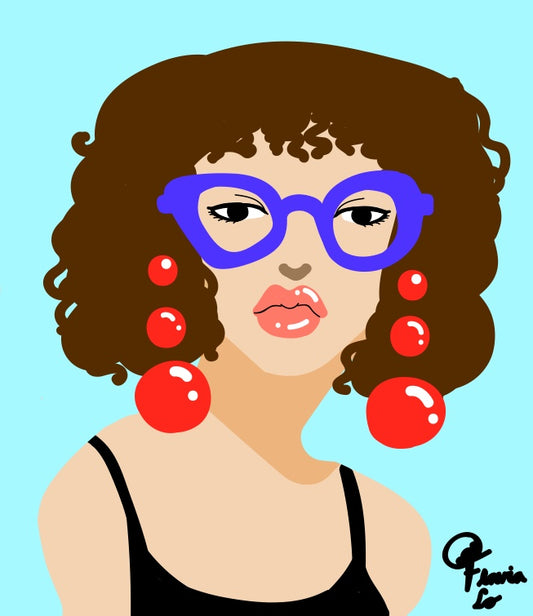
80s Trend Digital Media under Flavia Lobato's a...
When bold just int's bold enough? Add more We voted oversized glasses & earrings the top accessories! We think she is a high performance woman! Ignite the fire!
80s Trend Digital Media under Flavia Lobato's a...
When bold just int's bold enough? Add more We voted oversized glasses & earrings the top accessories! We think she is a high performance woman! Ignite the fire!
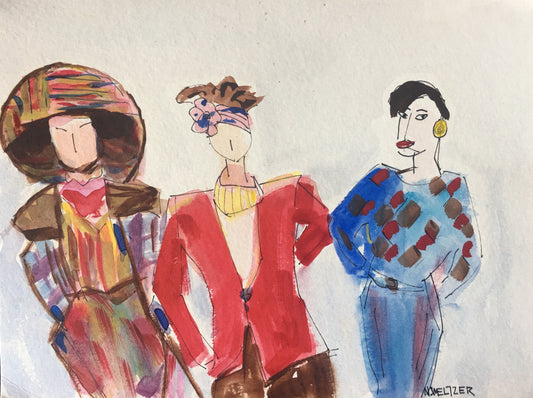
What fashion favorite are you sporting today? b...
What fashion favorite are you sporting today? Style is always fashionable If it’s hanging in the closet it is ready to wear! No fashion needs to be hidden in the...
What fashion favorite are you sporting today? b...
What fashion favorite are you sporting today? Style is always fashionable If it’s hanging in the closet it is ready to wear! No fashion needs to be hidden in the...
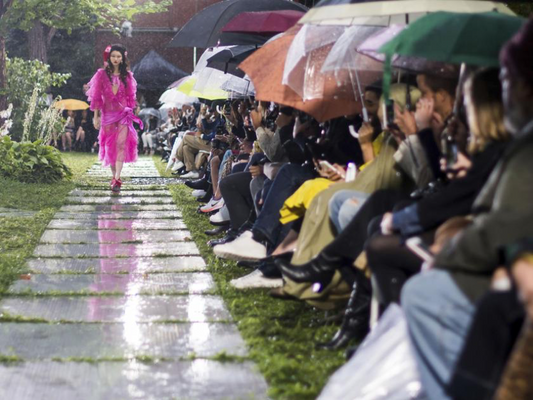
NYFW Spotlight: Rodarte’s Meditative Return to ...
NYFW Spotlight: Rodarte’s Meditative Return to New York By Paige McKirahan Greetings, style aficionados! For our final spotlight this week, we have decided to take a look at the Rodarte’s...
NYFW Spotlight: Rodarte’s Meditative Return to ...
NYFW Spotlight: Rodarte’s Meditative Return to New York By Paige McKirahan Greetings, style aficionados! For our final spotlight this week, we have decided to take a look at the Rodarte’s...
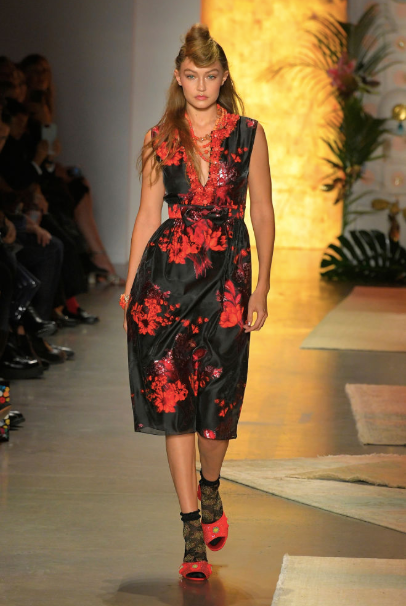
NYFW Spotlight: Anna Sui’s Star-Studded Dreamworld
NYFW Spotlight: Anna Sui’s Star-Studded Dreamworld By Paige McKirahan Welcome back to our NYFW spotlight, style enthusiasts! Today, we have decided to take a look at the vibrant collection from...
NYFW Spotlight: Anna Sui’s Star-Studded Dreamworld
NYFW Spotlight: Anna Sui’s Star-Studded Dreamworld By Paige McKirahan Welcome back to our NYFW spotlight, style enthusiasts! Today, we have decided to take a look at the vibrant collection from...

NYFW Spotlight: Christian Siriano’s Hawaiian Chic
NYFW Spotlight: Christian Siriano’s Hawaiian Chic By Paige McKirahan Hello again, fashion lovers! For our next NYFW spotlight, we decided to take a look into the vibrant and tropical collection...
NYFW Spotlight: Christian Siriano’s Hawaiian Chic
NYFW Spotlight: Christian Siriano’s Hawaiian Chic By Paige McKirahan Hello again, fashion lovers! For our next NYFW spotlight, we decided to take a look into the vibrant and tropical collection...
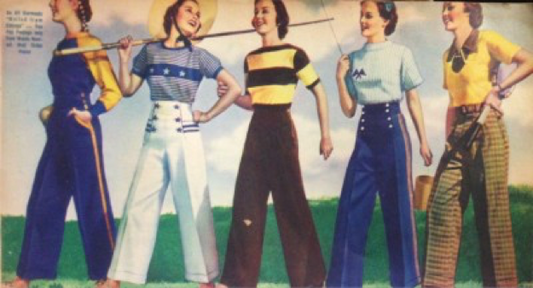
Fashion Rationed: World War II Style
Fashion Rationed: World War II Style By Paige McKirahan Though The Great Depression was nearing its conclusion at the end of the 1930s, the fashion industry was still shaking from...
Fashion Rationed: World War II Style
Fashion Rationed: World War II Style By Paige McKirahan Though The Great Depression was nearing its conclusion at the end of the 1930s, the fashion industry was still shaking from...
